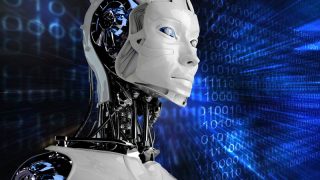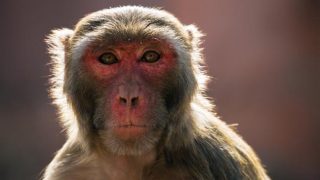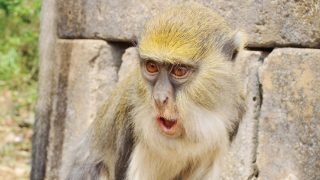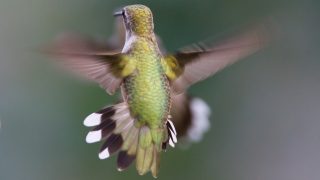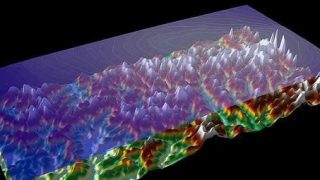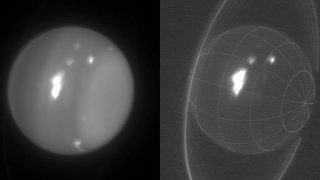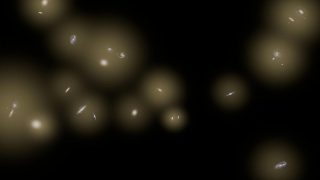
MI weekly selection #115
Humanities & Social Sciences • Science • Technology • Weekly Selection
Sea slug can use photosynthesis for nutrition by taking gene from algae The emerald sea slug steals a gene from the algae it eats, allowing it to get nourishment from photosynthesis. Discovery Chimps adopt new calls when moved to new groups Chimps who move into a new group change their calls to match those of […]
